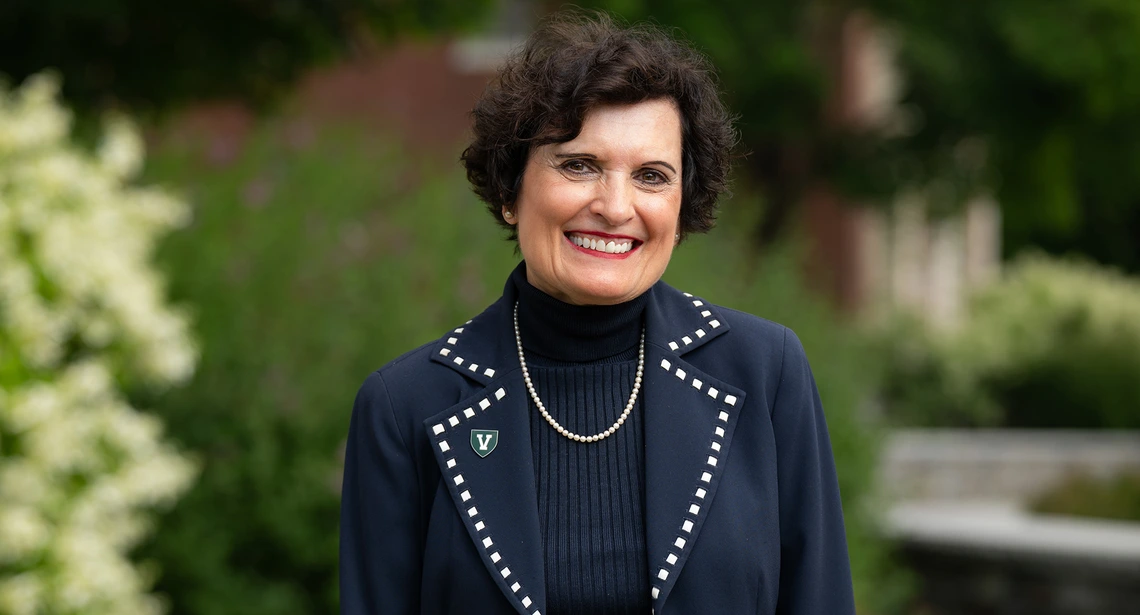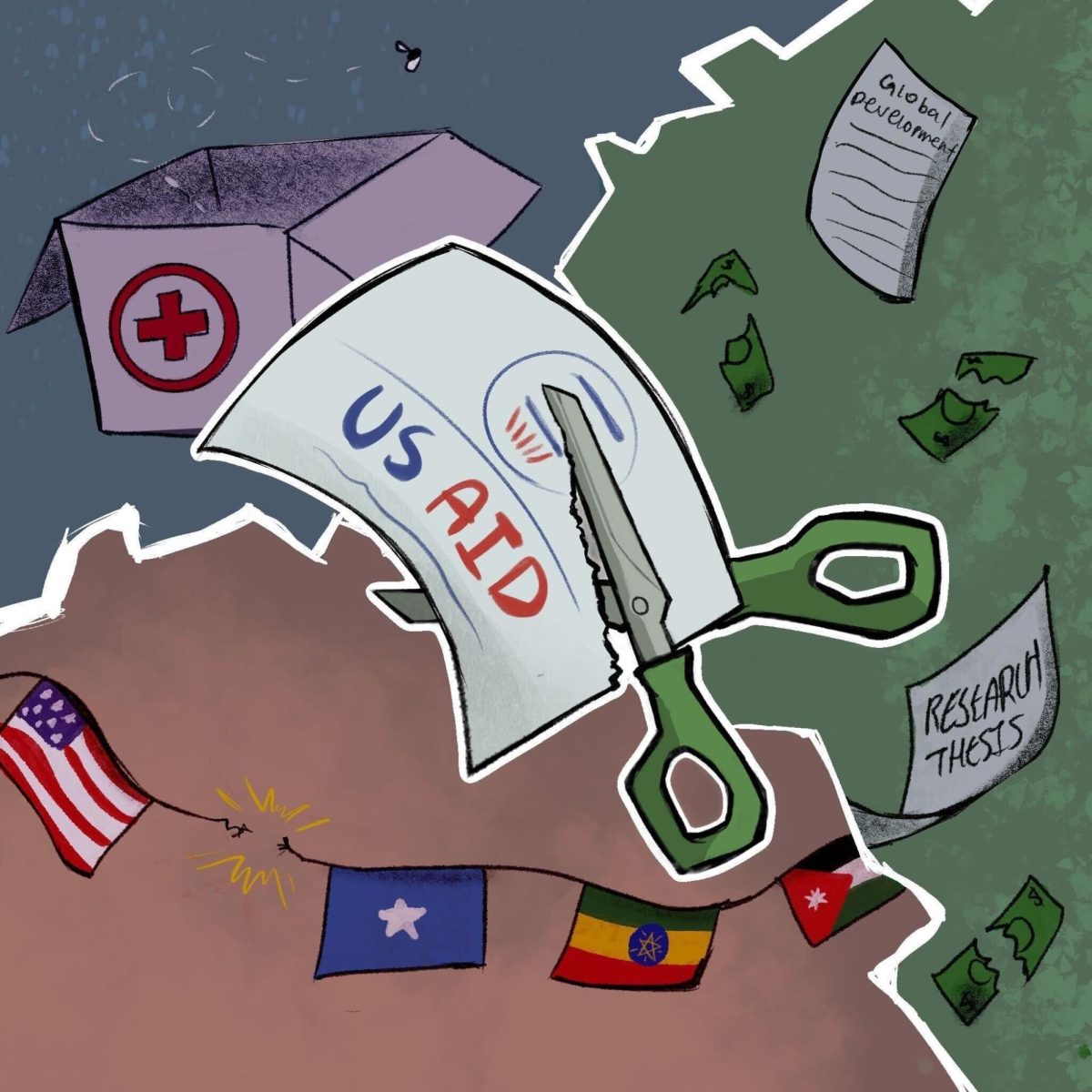The celebration to honor professor Tom Gehrels’ life and his 50-year dedication to UA astronomy research began with a fly-by of four F16 jets and a cheering crowd.
The Gehrels family, friends and UA community gathered for the event, “A Celebration of Life” in the Kuiper Space Sciences building on Friday after watching the jets fly over. People at the event spoke about Gehrels’ early life, his experience in the military and his flourishing career in astronomy. George and Neil Gehrels, his sons, showed a photo slideshow of their father’s life. While Tom Gehrels was known as a major contributor to research in planetary science, many people also admired his personality.
“If I had to summarize in a sentence or two, I’d say Tom was not a person you knew … Tom was a person you experienced,” said Richard Binzel, a professor of planetary sciences at Massachusetts Institute of Technology.
Tom Gehrels, who was born in 1925, died on July 11. Before he devoted his time to the Lunar and Planetary Laboratory and the Steward Observatory at the UA, he was a member of the Dutch military in 1939 in the fight against Nazi Germany.
Most people knew Tom Gehrels for his research in asteroids and comets, in addition to his UA Space Science Series books. He was also the principal investigator for a project to find the first images of Saturn’s F-ring through the Pioneer 10 and 11 Imaging Photopolarimeter.
After Tom Gehrels received a doctorate degree in astronomy and astrophysics from the University of Chicago in 1956, he received a call from Gerard Kuiper, the founder of the Lunar and Planetary Laboratory at the UA, said George Gehrels. Tom Gehrels flew out to the UA, took a walk in Himmel Park with Kuiper, and was offered a tenured position at the UA to conduct research.
“George has been a positive impact in my life and now I see where he gets it from,” said Nicole Santangelo, a senior studying geosciences and planetary science. “This is my way of actually getting to know Tom,” she said of the event.
George Gehrels is her instructor and she said she wished she could have met his father.
“One of his first projects was polariscoping,” George Gehrels said. “This was an attempt to look at light polarization with an imaging device.”
His father built a gondola in the Physics and Atmospheric Sciences building, he said. They dropped the real version of the gondola from three stories high to make sure the telescope device would survive the impact.
Tom Gehrels also co-founded the Spacewatch Project. The project used telescopes on Kitt Peak to observe asteroids.
“My father was one of the first people, I think, to think about the hazards of asteroids,” Neil Gehrels said. “It was a lot of hard work and fundraising to be able to build this telescope.”
Through the Spacewatch Project, Gehrels made many discoveries, including the monolithic asteroid, said Robert McMillan, who co-founded the project with Gehrels on the project. He is also an associate research scientist with the LPL.
“Tom never lost his enthusiasm, his exuberance, his optimism that we would succeed,” McMillan said. “He wanted to do something new.”
Among some of Gehrels’ hobbies were mountain climbing, yoga, going to the opera and traveling, Neil Gehrels said. He went to India every summer as a professor and helped poor children go to school, which he valued a lot.
“There was a real change on his whole outlook on life,” Neil Gehrels said. “He started thinking more about humanity and the connection between science and astronomy.”
His motto was to “worship the sun.”
Tom Gehrels was also very service-oriented. Aleida Gehrels, Tom’s wife, is now realizing how many organizations he had been donating to, Neil Gehrels said.
“He’s a great man and a really wonderful father,” he said. “We’ll really miss him.”








